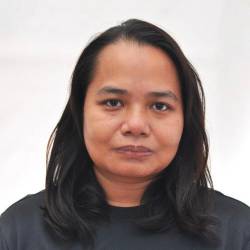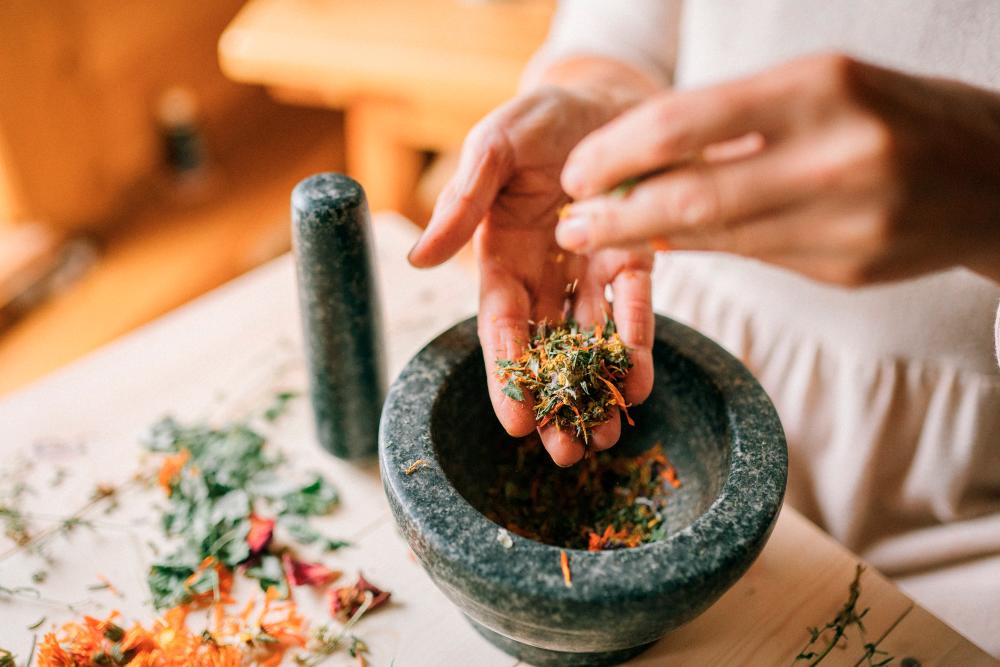PETALING JAYA: There is a growing interest in the country to try alternative medicine as a means of healing various ailments, thanks to government efforts over the past 20 years, to include traditional and complementary medicine (T&CM) in its national healthcare system.
Healthcare journal BMC Health Services Research noted that Malaysia had marked a historic milestone on March 1 last year, when practitioners were told to provide recognised qualifications, and formally register if they wished to practise in any T&CM area.
Additionally, a memorandum of understanding signed in March between Malaysia and China put another feather in T&CM’s cap when it approved the use of traditional medicine to complement the conventional medical system.
T&CM practitioner Dr Kong Why Hong said the World Health Organisation (WHO) had recognised T&CM and encouraged its member states to integrate it with the practice of Western medicine.
“The government’s support and WHO’s recognition means there is a lot of ground for practitioners to cover, that includes creating awareness of its benefits. Previously, T&CM wasn’t seen as a popular form of medicine.
“However, efforts to integrate T&CM in the healthcare system are paying off.
“The Health Ministry is in its second phase until 2024 in registering practitioners in seven areas, which include traditional Indian medicine, traditional Malay medicine, traditional Chinese medicine, Islamic medical practice, homeopathy, chiropractic and osteopathy,” said Kong.
The Malaysian Chinese Medical Association general secretary, who represents about 10,000 members nationwide, said the seven areas are recognised under the T&CM Act. A fresh graduate can earn a minimum salary of between RM2,500 and RM3,000 a month.
“(The shift) in interest in T&CM can be attributed to our multicultural nation, where each has its own traditional medicine. It is part of our lifestyle,” he said.
Ayurvedic medicine coach Shameny Raj said based on her observations, some young practitioners, such as chiropractors, have added “a sense of professionalism” in their work. This includes wearing uniform and how they present themselves to the public,” she said.
Shameny, who is also a chakra healer, said the reason behind the interest in traditional medicine is that people have become aware of the side effects of using conventional medicine. “It (conventional medicine) can also be expensive,” she said.
The rise in the public’s spiritual consciousness, which extends to their change in diet, such as eating more vegetables or becoming a strict vegetarian, has made traditional medicine more acceptable.
She said ayurvedic treatment can be used for chronic conditions such as arthritis, eczema and gastroesophageal reflux disease, a digestive disorder that affects the ring of muscle between the oesophagus and stomach.
However, it is less suitable for acute illnesses.














